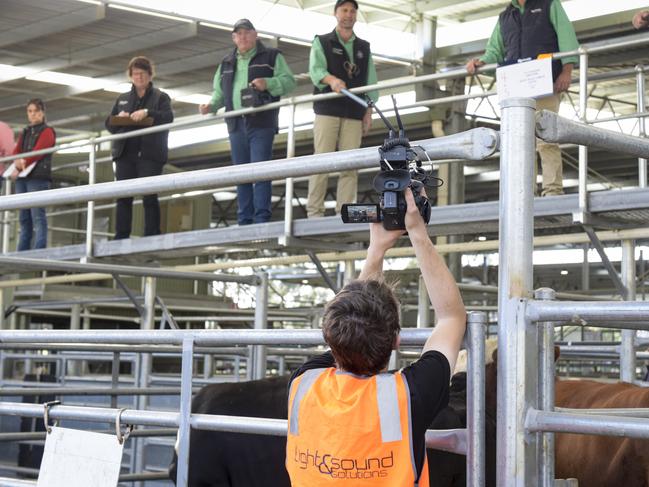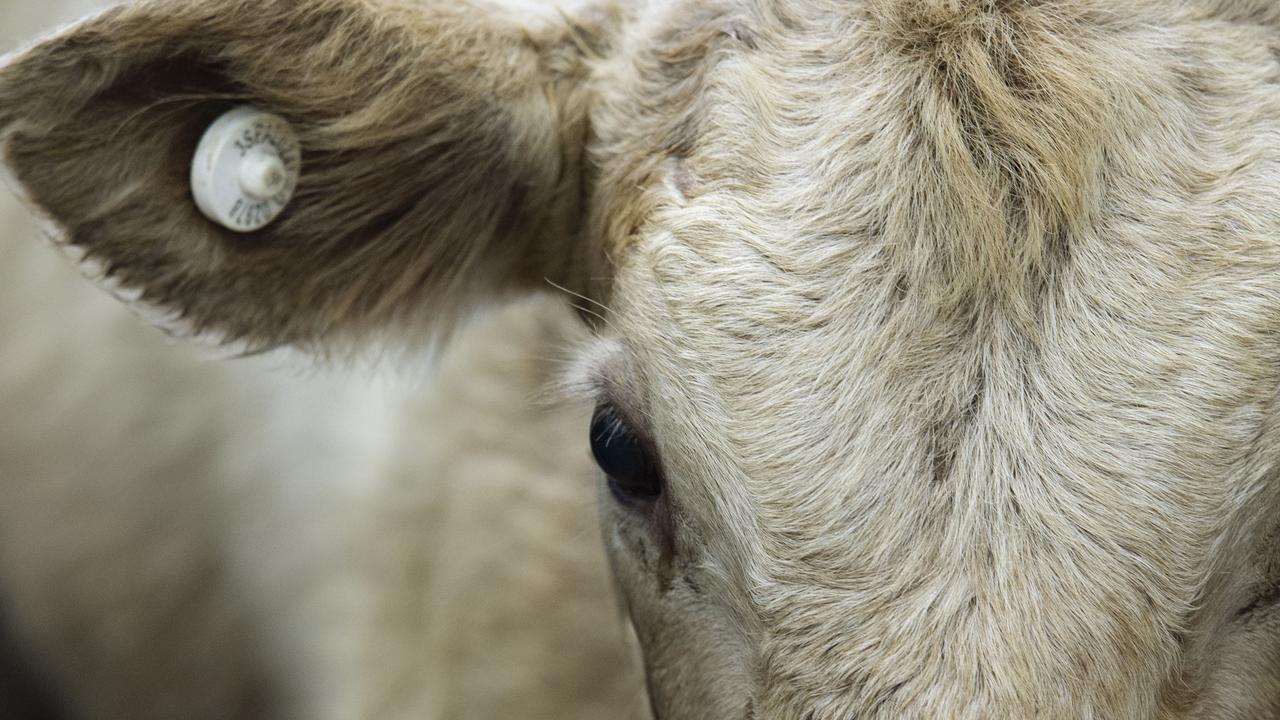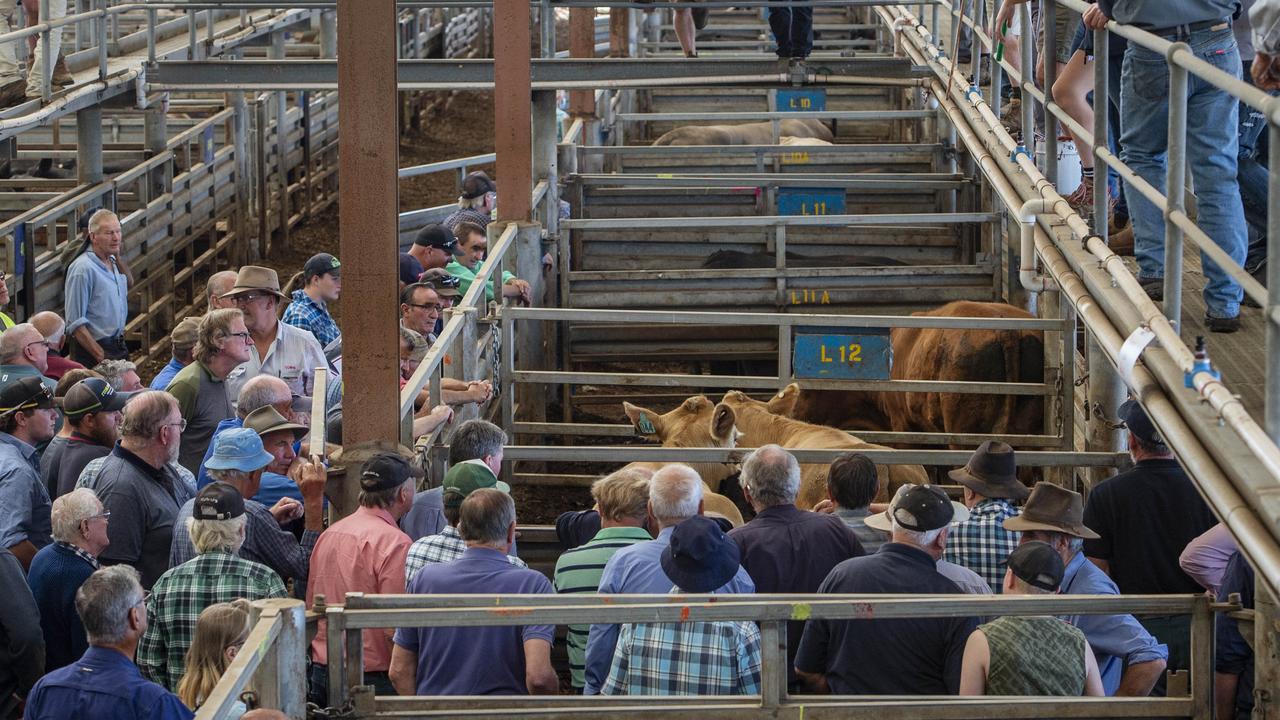See the top 10 cattle and sheep saleyards of 2020
Online buying became a trend in 2020 due to COVID-19 restrictions, but saleyards remain an important part of livestock trading. See which saleyards made the top 10 list for throughput in the past financial year.

ONLINE buying has become the trend of 2020 as coronavirus forced change on people’s shopping habits.
But judging by the queues at Woolworths and Coles, and big department stores in the final Christmas rush, there is still life in the traditional browse and buy concept.
The same can be said of livestock trading.
Saleyards remain an important part of livestock trading despite COVID-19 giving online selling methods such as AuctionsPlus a boost.
There were 92 saleyards regularly holding cattle markets, and 52 centres with sheep and lamb selling rosters.
Made up of council-owned and privately operated centres, these saleyards accounted for almost 19 million livestock transactions in the 2019-20 financial year, according to Brendan Wade. from the National Livestock Reporting Service, who pulled the latest figures together.
The breakdown between species was:
• 14,273,224 sheep and lambs sold at saleyards; and
• 4,656,493 cattle.
So while the perception might be that online selling is quickly taking over, on a percentage basis the traditional auction system still has wide support, particularly for slaughter-ready animals.
To put the figures in perspective, AuctionsPlus reported 674,748 cattle sold during 2020. This works out to about 10.2 per cent of the 4.6 million animals put through saleyards; noting that the latest saleyard figures are from July 2019 to June 2020. But it gives a trend line.
For sheep and lambs, AuctionsPlus reported 3.076 million head transacted, which works out to about 21 per cent of the latest saleyard volume.
Going forward, it will be interesting to see how many farmers who were forced to try online selling stick with this option against reverting to saleyard-based options.
There is no doubt technology is becoming a bigger component of everyday life, and market growth is likely to favour online selling over the longer term.
However, saleyards are also embracing technology and some of the ideas they were forced to adopt, such as live streaming and interfaced auctions are likely to continue.
The reality is that saleyards still play a big role, particularly across southern farming regions with all the biggest centres by numbers of cattle and sheep sold situated in NSW and Victoria.
The following is a list of the top 10 saleyards based on reported throughput for the 2019-20 financial year. For sheep it was:
● Wagga Wagga NSW: 2,029,509 head, giving the centre a 28 per cent share of all the lambs and sheep sold by auction in that state;
● Ballarat: 1,491,937 head, for a 33 per cent share of Victoria’s throughput;
● Forbes: 1,117,629 head, for a 15 per cent share of NSW
● Bendigo: 1,044,012 head, or 23 per cent of Victoria
● Hamilton: 977,589 head, 21.5 per cent of Victoria
● Dubbo: 802,086, for a 11 per cent share of NSW
● Naracoorte: 453,114 head, for 45.8 per cent of South Australia’s sheep and lamb throughput;
● Dublin: 453,114 head, for a 43.5 per cent share of SA
● Horsham: 428,859 head, 9.4 per cent of Victoria
● Ouyen and Swan Hill: 345,353 head, for a 7.6 per cent share of Victoria.
For cattle, the top 10 saleyards were:
● Wagga Wagga: 190,150 head, for a 12.5 per cent share of cattle sold via saleyards in NSW;
● Wodonga (Barnawartha): 183,574 head, for a 17.2 per cent share of Victoria
● Dubbo: 155,570 head, for a 10.2 per cent share of NSW
● Carcoar: 144,904 head, for a 9.5 per cent share of NSW
● Leongatha: 143,441 head, for a 13.4 per cent share of Victoria
● Casino: 131,926 head, for a 8.7 per cent share of NSW
● Pakenham: 122,141 head, for a 11.4 per cent share of Victoria
● Tamworth: 111,834 head, for a 7.4 per cent share of NSW
● Shepparton: 97,444 head, for a 9.1 per cent share of Victoria
● Warrnambool: 78,443 head, for 7.3 per cent of Victoria.
MORE
LAMB FINISHES ON A HIGH FOR THE YEAR


